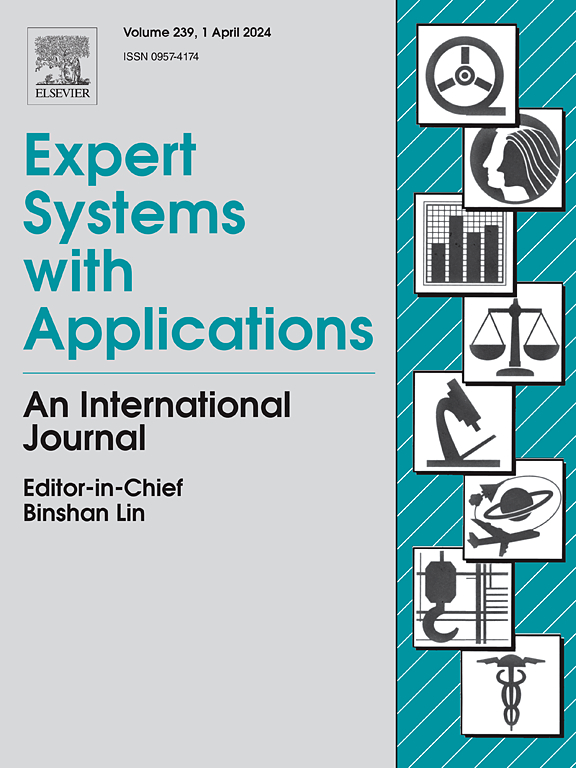Research on the generation and evaluation of bridge defect datasets for underwater environments utilizing CycleGAN networks
IF 7.5
1区 计算机科学
Q1 COMPUTER SCIENCE, ARTIFICIAL INTELLIGENCE
引用次数: 0
Abstract
The surface cracks on the underwater structures critically damages the overall reliability of the structures and reduces their strength. It is significant to monitor these cracks in timely manner. Recently, deep learning algorithms have been used for large scale data study and predictions. However, deep supervised learning algorithms need to get training on large scale data set which is time consuming and difficult to apply on the underwater structures. Therefore, it is highly needed to address these issues. Current research proposes an improved cycle-constraint generative adversarial algorithm for the timely detection of surface cracks in underwater structures. It utilizes an enhanced cycle-consistent generative adversarial network (CycleGAN). The proposed algorithm uses image processing techniques including DeblurGAN and Dark channel prior methods to get quality of dataset from underwater structures. The proposed Algorithm introduces a novel cross-domain VGG-cosine similarity assessment to precisely evaluate the performance of proposed algorithm to retain crack information etc. Moreover, performance of proposed algorithm is evaluated through both qualitative and quantitative methods. The quantitative results are directly obtained from the visual results are presented which are generated by the proposed Algorithm. Whereas, the performance of proposed algorithm based on quantitative results is obtained from metrics including PSNR, SSIM, and FID. Experimental results indicates that the proposed algorithm outperforms the original CycleGAN. End results indicate that the proposed algorithm decreased the value of FID by 20 % and increased the values of PSNR and SSIM by 2.37 % and 3.33 % respectively. Quantitative and qualitative results of the proposed algorithm give significant advantages during creating of surface crack images.
利用 CycleGAN 网络生成和评估水下环境桥梁缺陷数据集的研究
水下结构的表面裂缝会严重损害结构的整体可靠性并降低其强度。及时监测这些裂缝意义重大。最近,深度学习算法被用于大规模数据研究和预测。然而,深度监督学习算法需要在大规模数据集上进行训练,既耗时又难以应用于水下结构。因此,亟需解决这些问题。目前的研究提出了一种改进的周期约束生成对抗算法,用于及时检测水下结构的表面裂缝。该算法采用了增强型周期约束生成对抗网络(CycleGAN)。该算法采用了包括 DeblurGAN 和暗通道先验方法在内的图像处理技术,以获得高质量的水下结构数据集。拟议算法引入了一种新颖的跨域 VGG-余弦相似性评估,以精确评估拟议算法在保留裂缝信息等方面的性能。此外,还通过定性和定量方法评估了所提算法的性能。定量结果直接从所提出的算法生成的视觉结果中获得。而基于定量结果的拟议算法性能则是通过 PSNR、SSIM 和 FID 等指标获得的。实验结果表明,所提出的算法优于原始的 CycleGAN 算法。最终结果表明,所提算法的 FID 值降低了 20%,PSNR 和 SSIM 值分别提高了 2.37% 和 3.33%。所提算法的定量和定性结果在创建表面裂纹图像时具有显著优势。
本文章由计算机程序翻译,如有差异,请以英文原文为准。
求助全文
约1分钟内获得全文
求助全文
来源期刊

Expert Systems with Applications
工程技术-工程:电子与电气
CiteScore
13.80
自引率
10.60%
发文量
2045
审稿时长
8.7 months
期刊介绍:
Expert Systems With Applications is an international journal dedicated to the exchange of information on expert and intelligent systems used globally in industry, government, and universities. The journal emphasizes original papers covering the design, development, testing, implementation, and management of these systems, offering practical guidelines. It spans various sectors such as finance, engineering, marketing, law, project management, information management, medicine, and more. The journal also welcomes papers on multi-agent systems, knowledge management, neural networks, knowledge discovery, data mining, and other related areas, excluding applications to military/defense systems.
 求助内容:
求助内容: 应助结果提醒方式:
应助结果提醒方式:


